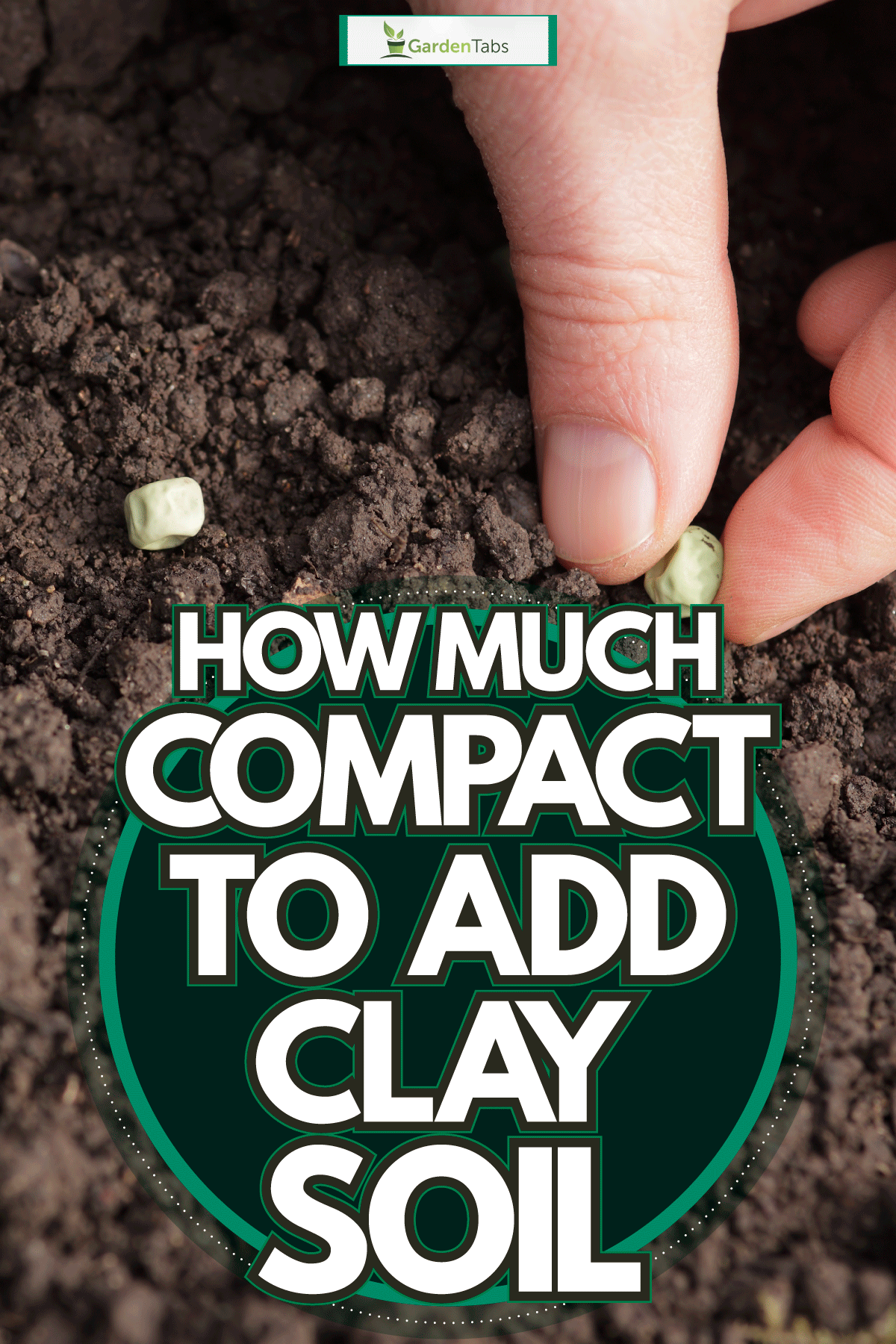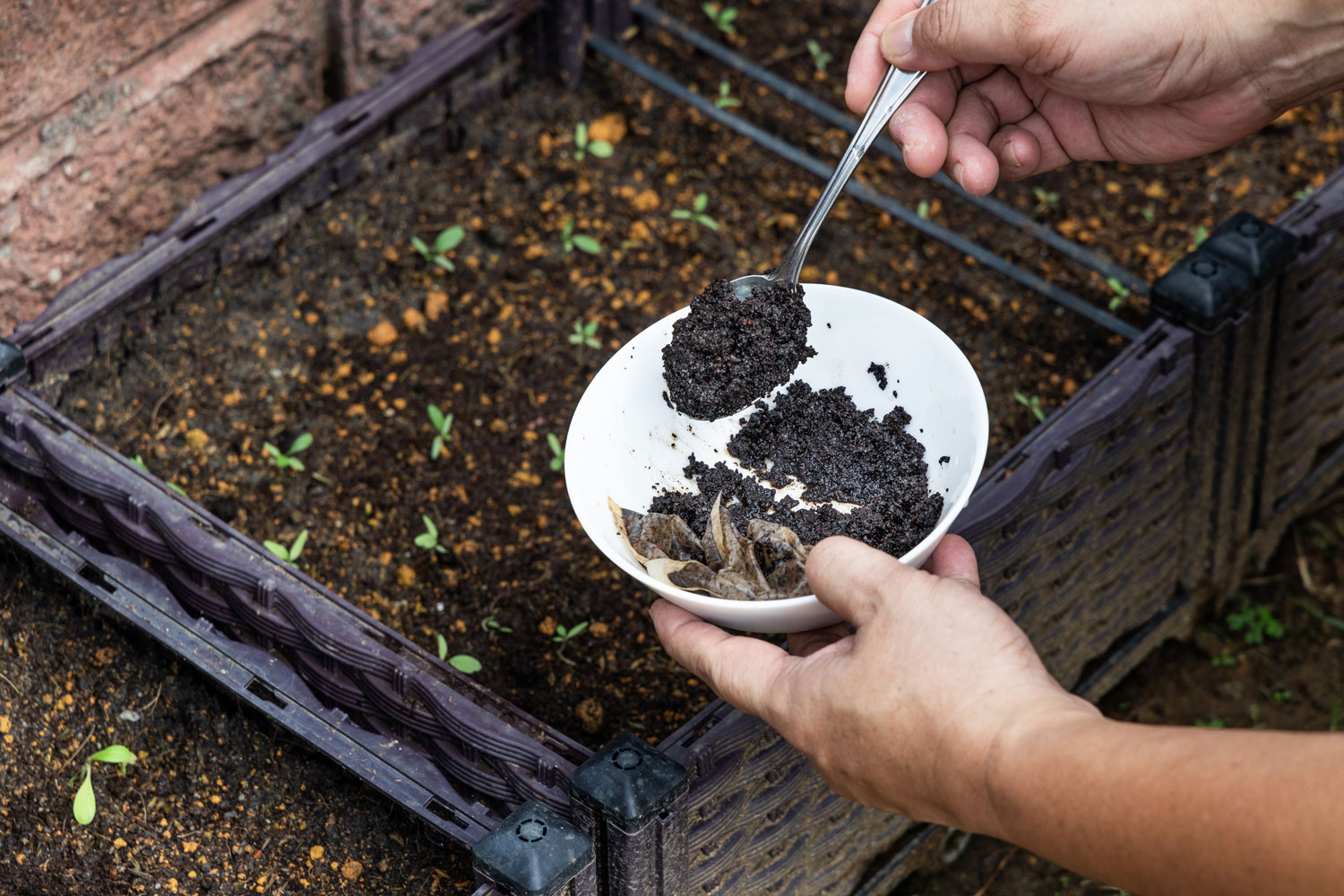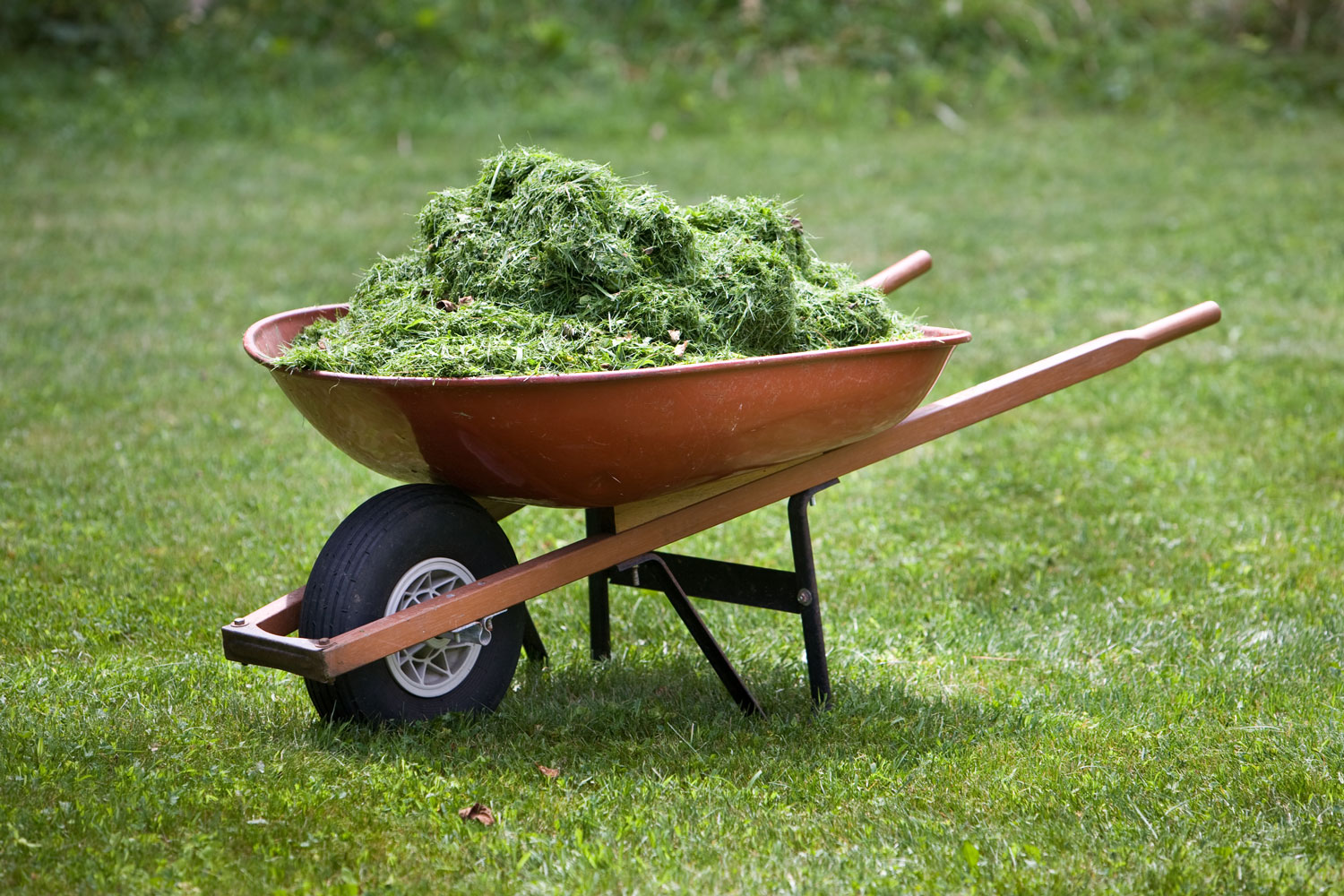It is often helpful to amend clay soil by adding compost. However, you may have questions about how much compost to add to get the best results. We researched how much compost to add to clay soil to improve drainage, nutrition, and the overall quality.
You should add one to three inches of compost to the top of clay soil. Mix the compost into the top 10 inches of clay soil and give it at least two months to condition the ground. Adding compost to the clay soil enhances its structure.
It is okay to add more than two inches of compost to clay soil, as this won't harm soil or plants. Over time, compost works into the clay soil, up to eight inches or more in depth. Compost improves drainage and reduces compaction.
Continue reading to learn about the best compost materials for clay soil and how to develop a rich, nutritious environment for plants to thrive. Applying compost to clay soil is another way to improve soil quality aside from using fertilizer, gypsum, or other elements.

Adding Compost To Clay Soil
Putting down a layer of compost on the top layer of clay soil helps amend the ground. It is suggested to add one to two inches of compost and then mix this into the soil up to a minimum of six to eight inches in depth. You can safely add more than one to two inches of compost.
If you leave a top layer of compost on top of clay soil, it will gradually work into the ground. However, tilling the soil or adding compost after aeration helps speed up the process. Depending on how much clay is in your soil, it will take some time to see visible improvements.

Be careful not to add compost to very wet clay soil. Clay soil is prone to compacting at the depth where roots establish themselves as well as becoming waterlogged. For best results, add a layer of rich, nutritious compost in the fall before planting in the spring.
If you have very dense clay soil, you might want to break up the soil at the surface before adding compost. Amending clay soil is a smart decision. Clay soil can hold onto excess salts, make it difficult for plants to get nutrients, or may become too dry to work with.
Which Compost Is Best For Clay Soil?
Before you add compost to your soil, test the ground to figure out the pH level and any nutrient deficiencies. The best compost is made from organic materials like manure, leaf humus, pine bark, sawdust, and peat moss. Vermicompost is also a good choice for clay soil.
Other beneficial forms of compost include shredded newspaper, coffee grounds, and grass clippings. Of course, make sure whatever compost materials you add to soil are free of toxins, heavy metals, or other harmful agents. Clay soil loves to absorb materials.
Be careful when using other soil amendments for clay soil, such as perlite, vermiculite, gypsum, sulfur, and lime. All of these materials are not compost and work in unique ways to change the soil quality. Certain amendments may also make the soil more acidic or alkaline.
Check out this organic humus compost on Amazon.
How Do You Add Compost To Clay?
Improve clay soil by adding three inches of compost to the top of clay soil. You should till or fork the soil so the compost is mixed into the top 10 inches of the ground. Some ideal choices of compost for clay soil include leaves, manure, sawdust, or bark.
Depending on how dense your clay soil is, before adding compost, test the soil quality and aerate the ground. Removing plugs of soil from the ground makes it easier for the clay soil to accept compost. Do not add compost to clay soil that is very wet and sticky.
When compost is added to the soil, it gradually improves problems with drainage, aeration, and helps root systems draw nutrients efficiently. Additionally, compost will help add beneficial nutrients to the soil like calcium, potassium, nitrogen, and phosphorous.
You do not have to add compost and fertilizer at the same time to clay soil, as they are better added separately. Consider also adding soil-improving agents like lime or gypsum. You can add mulch to the surface of clay soil around plants to help retain moisture.
Tips About Amending Clay Soil
If you wish to improve clay soil without having to till the earth, consider the following options. You can aerate clay soil every year, do a deep irrigation of the ground, or add mulch to the surface. If you add a topdressing of compost throughout the year, lightly water it.
Test your clay soil before adding compost and additional amendments. Choose organic materials that foster a balanced, nutritious soil to bolster plant growth and encourage strong root systems. Be mindful of key nutrients like nitrogen, magnesium, calcium, and iron.
Certain amendments may wash out helpful nutrients or push toxins trapped in clay soil deeper into the earth. There is no need to add compost and fertilizer or another soil amendment at the same time. Ideally, it is better to add compost to the soil in the fall.
Aerate the soil when clay soil is completely dry before adding compost. Working with wet clay soil can make aeration nearly impossible. Choose a compost rich in nutrients and minerals to enhance clay soil, increase oxygen levels, and break down the soil.
Check out these shoes to aerate the lawn on Amazon.
Are Coffee Grounds Good For Clay Soil?
Coffee grounds are good for heavy clay soil. But test your soil before adding it. Fresh coffee grounds can make the soil pH more acidic. If you rinse your coffee grounds before using them as a compost or soil amendment, the pH will fall between 6.5 and 6.8.
Another concern when applying coffee grounds to clay soil is nitrogen. Because clay soil tends to hold onto nutrients and minerals, if it already has sufficient levels of nitrogen, adding coffee grounds may be too much. Also, be careful with plants that dislike acidic soil.

Coffee grounds can be safely added to the top layer of soil or mixed into the ground. A researcher found that coffee grounds will increase the pH of soil over 14 to 21 days, but then the pH levels decline later on. If your clay soil is very alkaline, adding coffee grounds is helpful.
If you enjoy preparing and drinking coffee, add used grounds to clay soil to add nitrogen and help improve overall soil quality. Instead of tossing coffee grounds into the trash, they are an inexpensive way to amend clay soil and promote healthy plant growth.
Are Grass Clippings Good For Clay Soil?

Because clay soil will respond to compost created from green compost, grass clippings are a good amendment for clay soil. Clay soil is high in minerals and locks in nutrients, but it lacks organic material. Grass clippings break down in soil within one to three months.
Using grass clippings as compost provides clay soil with organic material to reduce compaction, increase aeration, and add nutrients. Consider using grass clippings that have not been heavily treated with chemicals and are collected from mowing the lawn naturally.
Similar to grass clippings, hay, leaves, and even tree bark are helpful organic materials for amending clay soil. All of these can help reduce reliance on adding nitrogen fertilizer to the ground. Grass clippings have 4% nitrogen, 2% phosphorous, and 0.5% phosphorous.
Grass clippings are excellent for clay soil because it helps soil retain moisture, has high levels of potassium and nitrogen, and may repel certain pests. Apply grass clippings to the soil like mulch, or mix it into the top layer of the soil to help break down dense clay.
In Closing

We hope you leave this article with a better understanding of how to use compost to amend clay soil and how much to add. Organic compost is rich in nutrients and naturally helps break down heavy clay soil that is prone to becoming compact or has poor aeration.
In most cases, adding one to two inches of compost to the top layer of clay soil is best, and it should be mixed into the ground. The best time to add compost is in the fall or spring, and you should allow a few months to pass to let the compost improve the soil quality.
Before you go, don't miss out on reading the following helpful articles:


